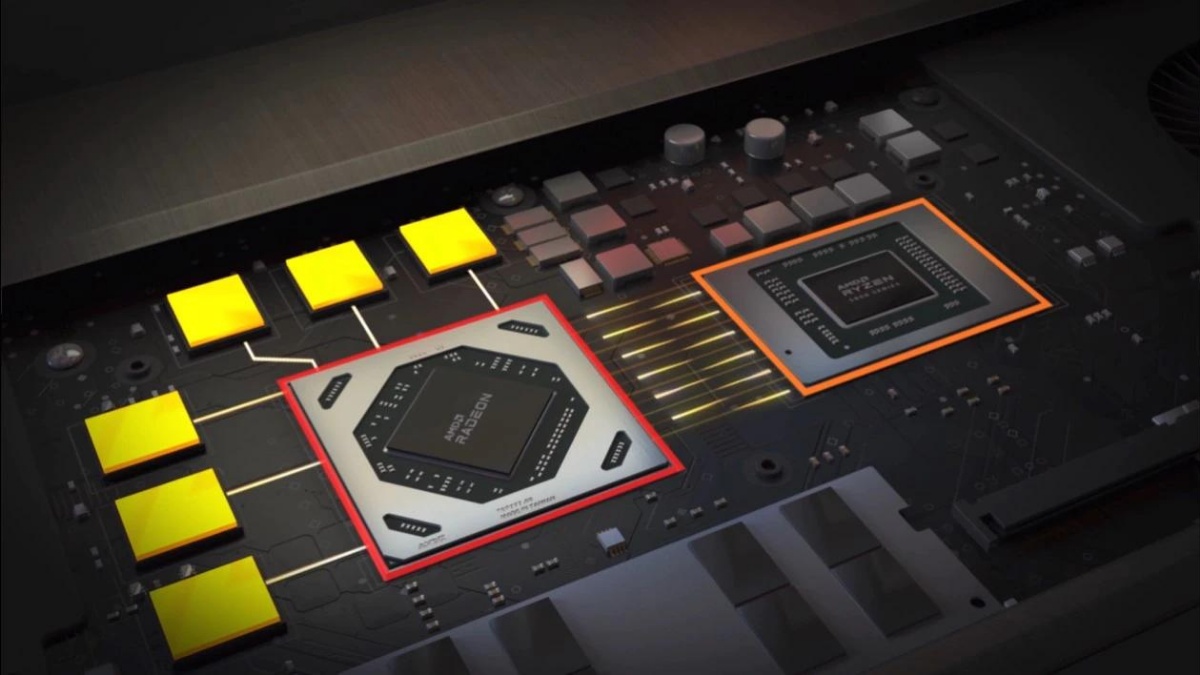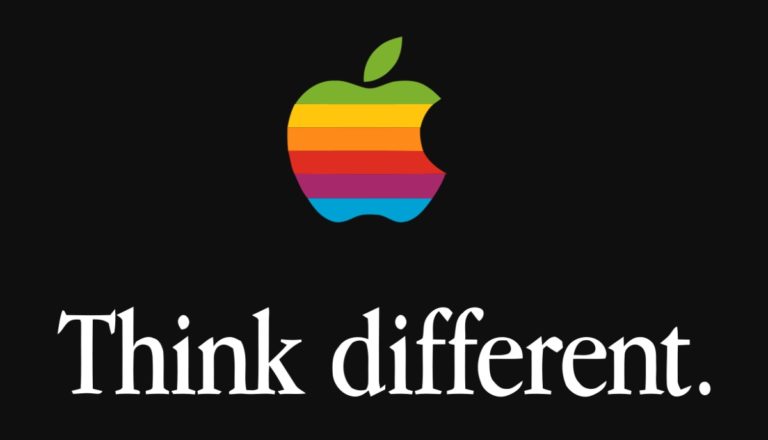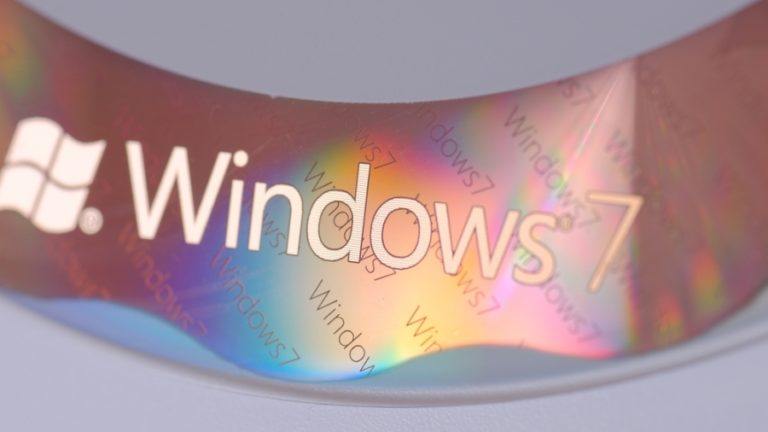What Is VRAM? How Does It Differ From RAM?

There are many critical parts to running a PC smoothly and efficiently. Out of these parts, one of the most important ones is “VRAM.” If you’re a gamer or video editor, you already know what a VRAM is; however, we’ll explain what a VRAM is for the uninitiated.
Memory plays a crucial part in the smooth working of a PC; talking about VRAM, it helps improve the graphical performance. Meanwhile, if your PC is suffering from stutters or drops in frame rates, chances are, you’re in dire need of more video or GPU memory.
VRAM – A basic definition
Video Random Access Memory or GPU memory is a specific type of RAM designed to work with GPUs. With its primary function to act on tasks assigned by the GPU, VRAM acts as a buffer to help render images and graphics smoothly.
A VRAM doesn’t have a dedicated slot on the motherboard; instead, it is placed on a graphics card, close to a GPU. This memory is explicitly used for graphic-intensive tasks which involve gaming, 3D rendering, and video rendering processes.
VRAM vs RAM
While the two are very similar, their functions differ massively. In comparison, RAM is the available memory of a computer system performing day-to-day tasks, pulling, and storing basic information. On the other hand, GPU memory is used explicitly for graphic-intensive tasks. Furthermore, while we can’t upgrade the VRAM, RAM is upgradable, thanks to the dedicated slot on the motherboard.
Talking about functionality, RAM stores information related to complex and simple data functions. VRAM, on the other hand, stores data processed by a GPU. Along with these processed images, it also stores texture maps. This, in turn, helps a graphics card to process and render images faster. The more memory a graphics card has, the faster it renders graphics.
Lastly, how much VRAM a process uses completely depends on the task. While some graphics-intensive tasks use more memory than others, it doesn’t mean you always need the maximum possible video memory on your graphics card.
If you like this simple explainer, check out our Short Bytes section. We take complex tech topics and break them into short, easy-to-understand articles.






